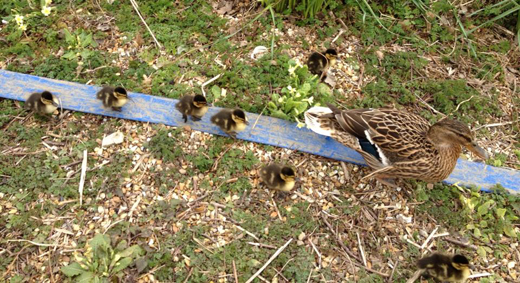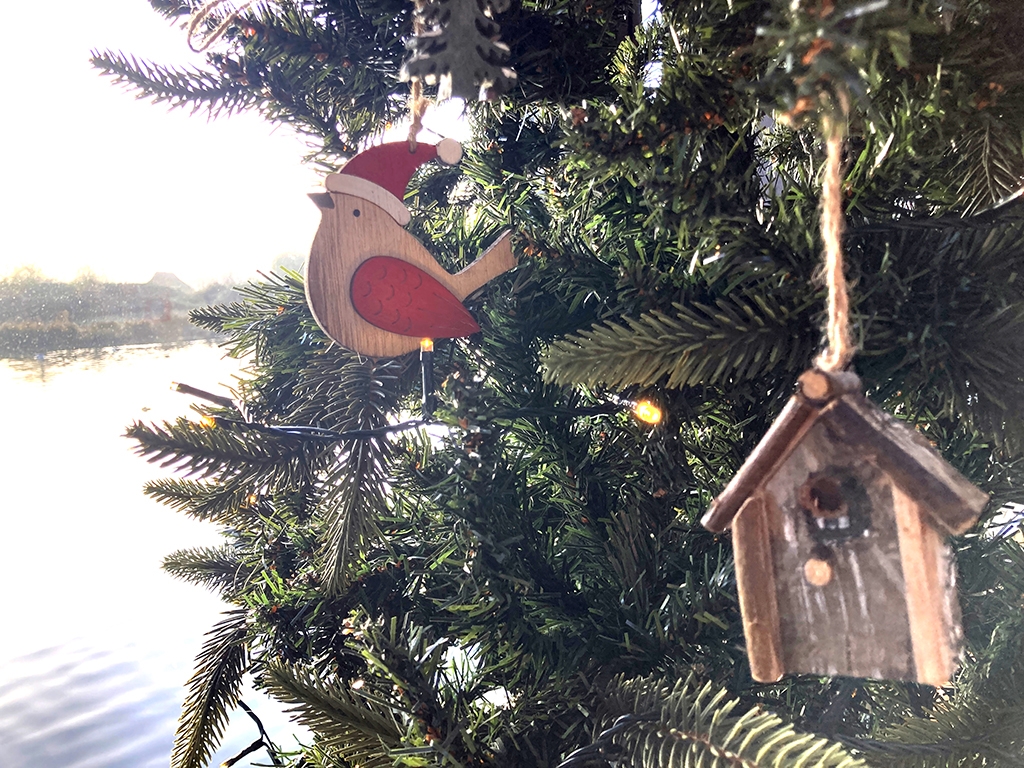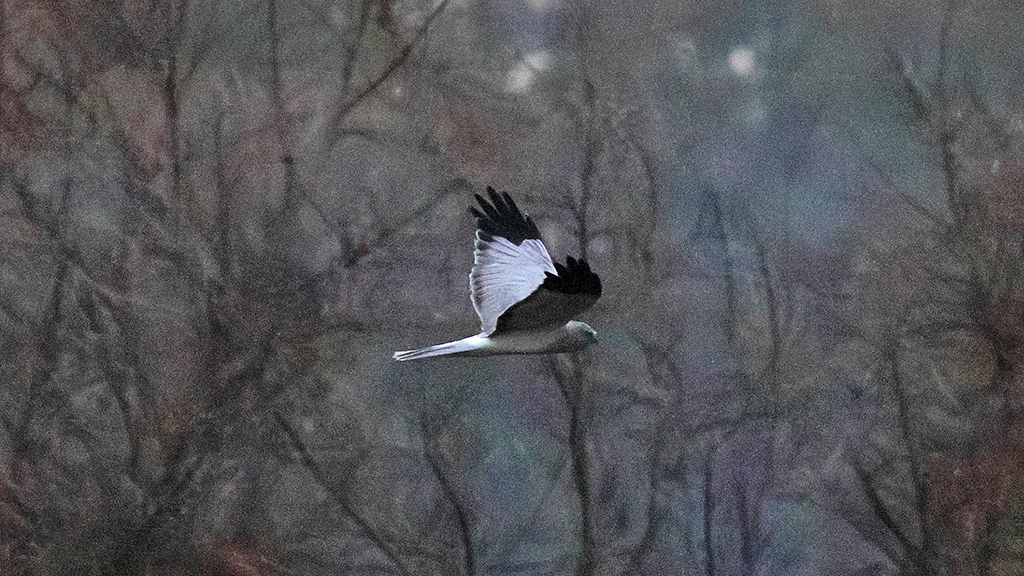Cold spring slows wildlife

Spring has been slow to arrive this year and it’s having an impact on Sussex wildlife. March in West Sussex was one of the coldest on record and the April Easter holidays have been only slightly warmer. The daily average temperature at WWT Arundel Wetland Centre the first week of the holiday break was a low 1.3 degrees C. The cold weather seems relentless but the seasons are still revolving slowly on and we’re seeing signs of spring and New Life across the wetlands.
Mallard ducks respond to lengthening daylight hours as a cue to start nesting. Without warm temperatures to accompany the longer days some newly hatched ducklings are struggling. The cold has delayed insect activity and insects are the source of protein in the duckling diet. “They are finding plants to eat but the young ducklings need protein in order to thrive,” says Paul Stevens the WWT Arundel Wetland Centre Reserve Manager.
Dormice and bat populations could suffer a die-off as their hibernation has gone on much longer this winter. Bats increase their body weight by a third in autumn in order to last through the winter, but their body fuel stores may soon start running out. WWT staff monitor these mammal populations on the reserve at Arundel and will be able to see any impact in a few months.
The brimstone butterfly and the comma butterfly spend the winter hibernating as adults. These butterflies have delayed emerging from hibernation to lay eggs that will hatch into caterpillars. When blue tits nest and lay eggs they time the hatchings to coincide with abundance of caterpillars. If this food chain equation doesn’t balance, it could make it a difficult season for the songbirds.
The toad population started to migrate to ponds at WWT Arundel Wetland Centre’s reserve a few weeks ago but when winter weather returned the toads became dormant again. Toads usually spawn in mid-March through mid-April in wet weather of 8 degrees or warmer. “This will be the latest I have ever seen the toad spawning begin,” said Paul Stevens of WWT Arundel Wetland Centre. Many species could feel hungry this spring as frogs and toads are a food source for grey herons, coots, moorhens and grass snakes.
It is difficult predict how unusual weather can affect wildlife populations. According to the Butterfly Conservation charity the cold wet weather made 2012 a disastrous year for the UK butterflies. With rumours of a heat wave arriving in May, many species in Sussex may be spared from another miserable summer.
WWT Arundel Wetland Centre is open to visitors as usual from 9.30am to 5:30pm. Come to enjoy the sights and sounds of New Life through getting close up to nature, or get more involved at one of the many events happening throughout the Spring.



